Climate Change Fishing Change
Fish forever: preparing for change
Become a citizen scientist
Report unusual catches or observations to 136 186. See Fisheries for more information.
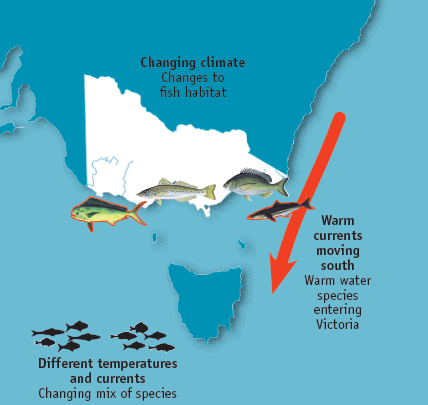
Fish Forever: preparing for change
The Victorian Fisheries Authority is examining key fish habitats & environmental processes across Victoria to determine how important they are for the completion of fish lifecycles. From this work we aim to provide natural resource managers with advice on how to reduce the vulnerability of fish stocks to climate change.
See more information under Fisheries to investigate some of the key processes that are likely to influence the resilience of these stocks to climate change.
The Marine and Freshwater Discovery Centre Queenscliff – Victoria 2A Bellarine Hwy, Queenscliff 3225 Melways map 500 D1
Phone: 03 5258 3344 Fax: 03 5258 1435
If you would like to receive this information/publication in an accessible format (such as large print or audio) please call the Customer Service Centre on 136 186, TTY 1800 122 969, or email customer.service@ecodev.vic.gov.au.
New opportunities
Recently new species such as Mahi Mahi (dolphin fish) and cobia have been encountered by anglers in Victoria. Mahi Mahi are highly mobile fish and appear to be hitching a ride on the Leeuwin Current which flows south near the western coast of Australia. Cobia (black kingfish) are normally encountered in the warmer waters of Queensland and New South Wales.
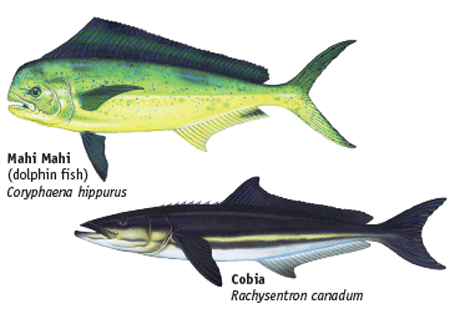
Different temperatures and currents: changing mix of species
Victoria's fisheries are already diverse and geographically extensive and that diversity is likely to increase for some popular angling species.
The department encourages recreational fishers and divers to assist by becoming 'citizen scientists' in the front line of information gathering to assess change. Fishers are encouraged to report any unusual catches or observations to the Customer Call Centre on 136 186.
Changing climate: changes to fish habitat
The world's climate is changing at an unprecedented rate. Changes to ocean temperatures, currents, winds, rainfall and more frequent extreme weather events are being observed across South East Australia. The impacts of these changes on world fisheries are presenting significant risks and new opportunities, particularly in "hot spot" areas across the globe. South East Australian marine waters, including Victoria's coastline, have been identified as a climate change 'hotspot'. Climate change may influence Victoria's fisheries resources and our fisheries and aquaculture industries may experience changes.
Victoria's rivers are already affected by drought and these conditions are expected to intensify as rainfall decreases and temperatures rise. Our marine waters off the Victorian coastline are expected to experience significant changes in temperatures – the greatest this century in the Southern Hemisphere.
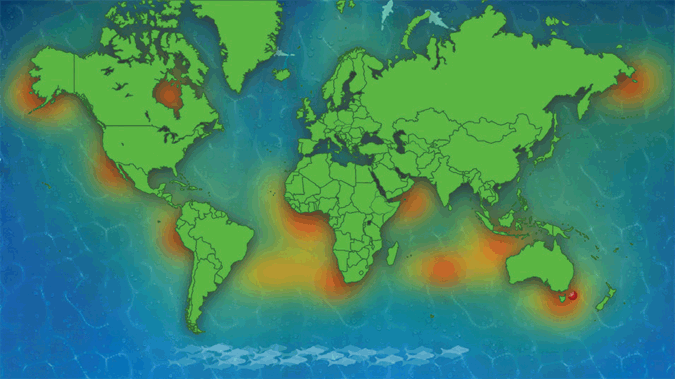
The Victorian Fisheries Authority has examined the linkages between priority Victorian species and changing environmental variables. King George whiting and black bream are two of the important recreational & commercial fishery species in Victoria.
Seagrass bed habitats
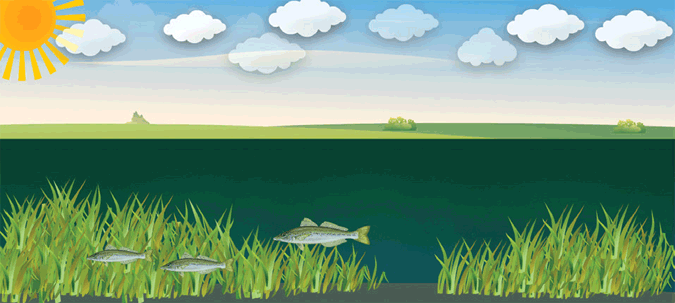
Seagrass beds provide an important habitat for King George whiting. CSIRO predicts that seagrass abundance and extent may decline in the future due to: – sea level rise – increased storminess – warmer temperatures This may reduce the ability of King George whiting to complete their life cycle.
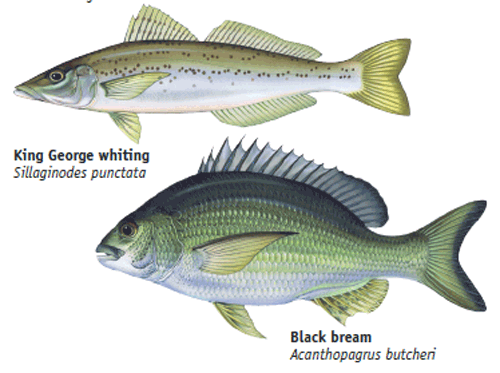
Estuarine salt wedge formation
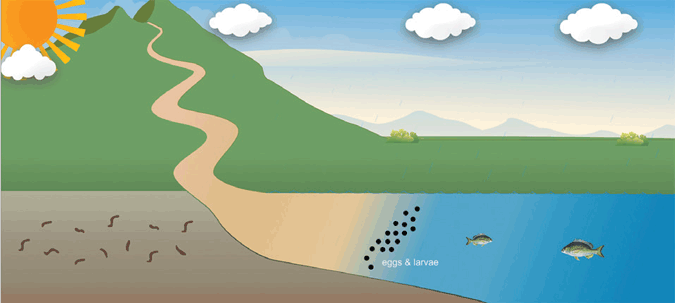
Estuaries provide an important habitat for black bream. Freshwater flows into estuaries create a salt wedge which is critical for black bream to spawn successfully. CSIRO predicts that Victoria may receive less rainfall in the future and heavy rainfall events may be more intense. Water flow in estuaries resulting from these events may reduce the ability of black bream to complete their life cycle.
Warm currents moving south: warm water species entering Victoria
Whilst these changes present a challenge to Victoria's fisheries, research suggests climate change will also see improved offshore fishing opportunities for recreational fishers in Victoria with a wider range of species on offer.
The East Australian Current has strengthened by 20 per cent over the last 50 years and is likely to continue to strengthen by another 20 per cent by 2100. This is likely to result in more warm water sub-tropical species being observed in eastern Victoria in the future.
